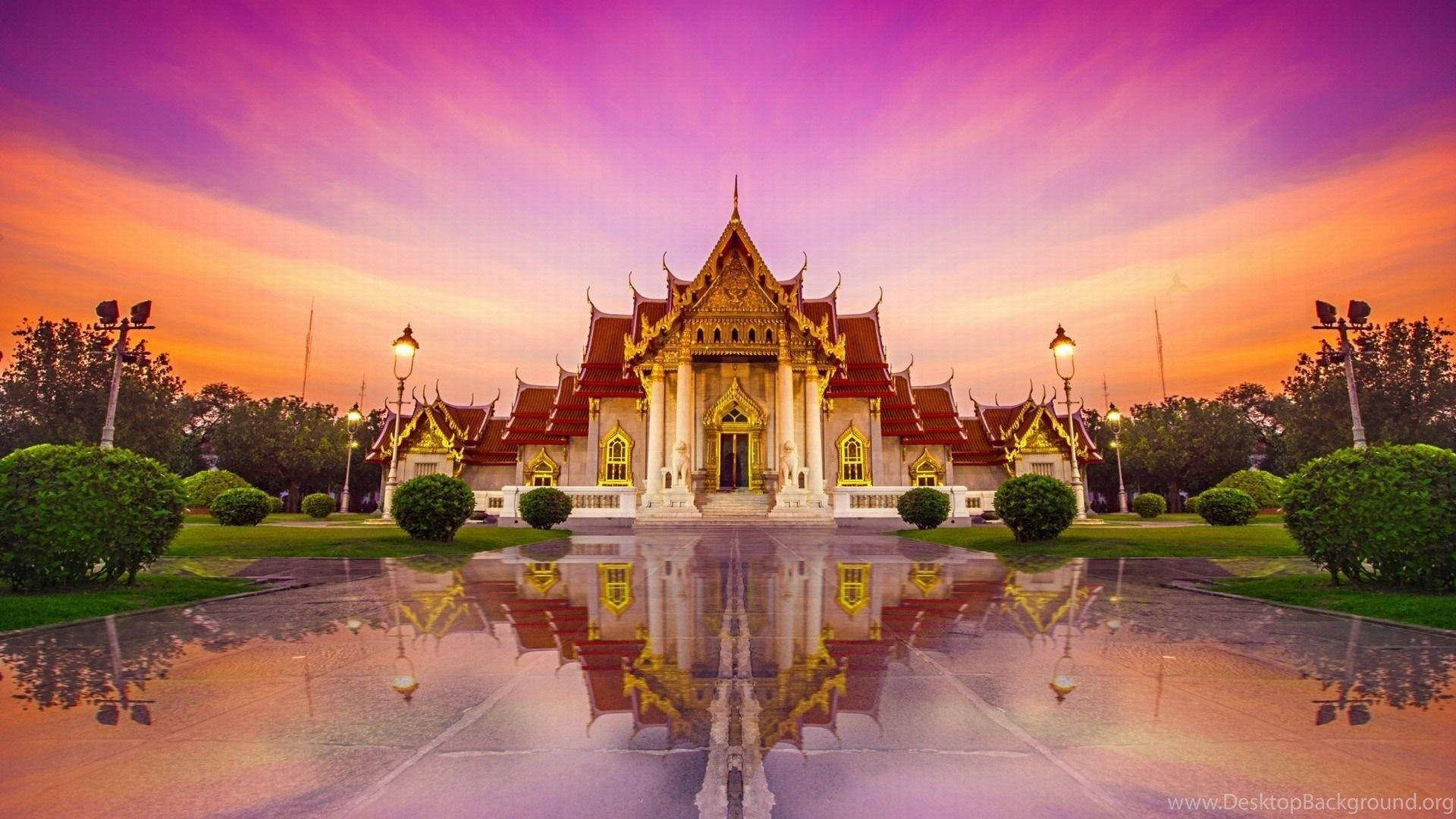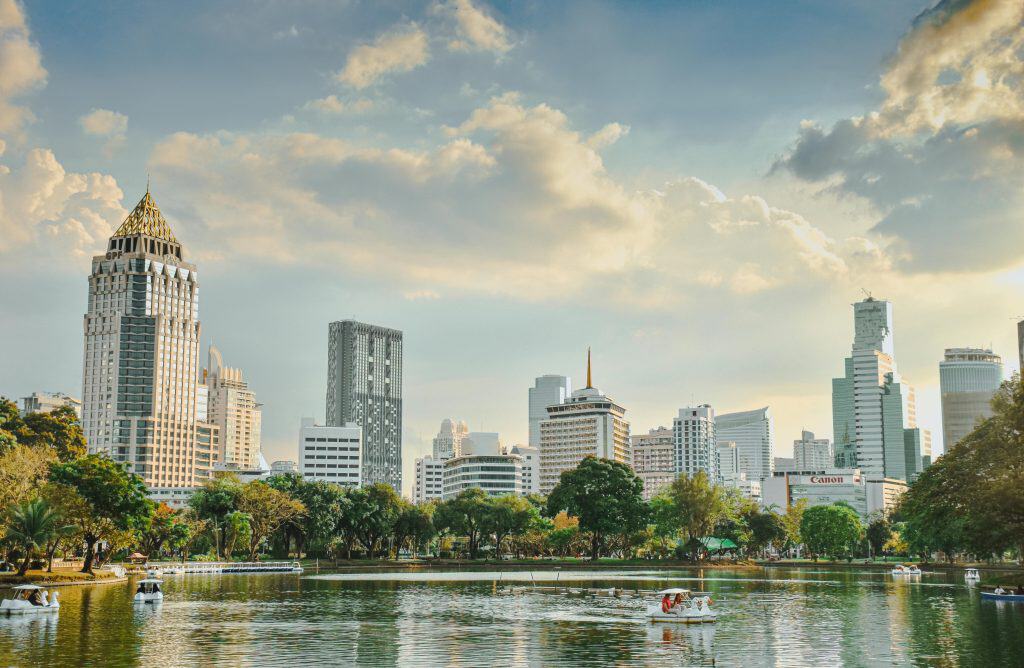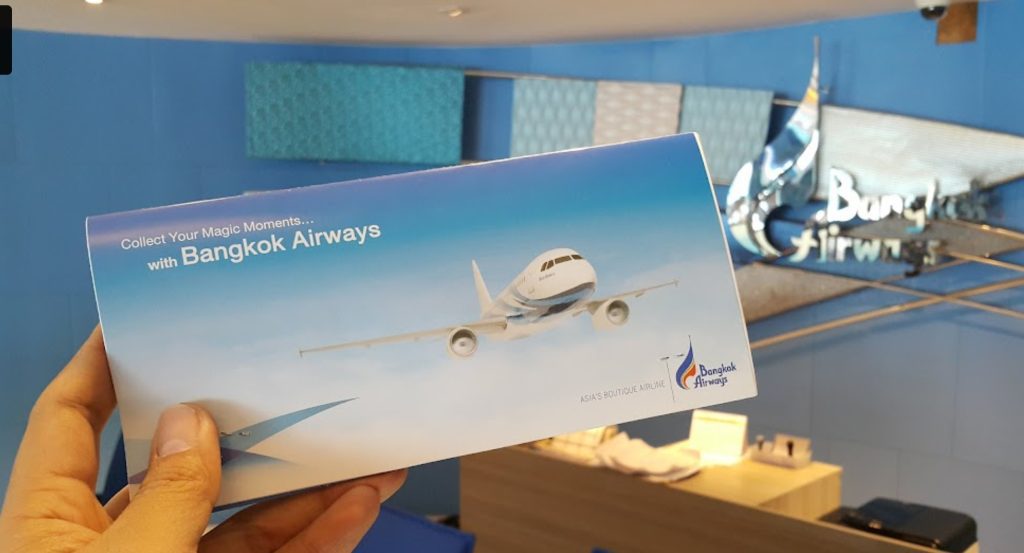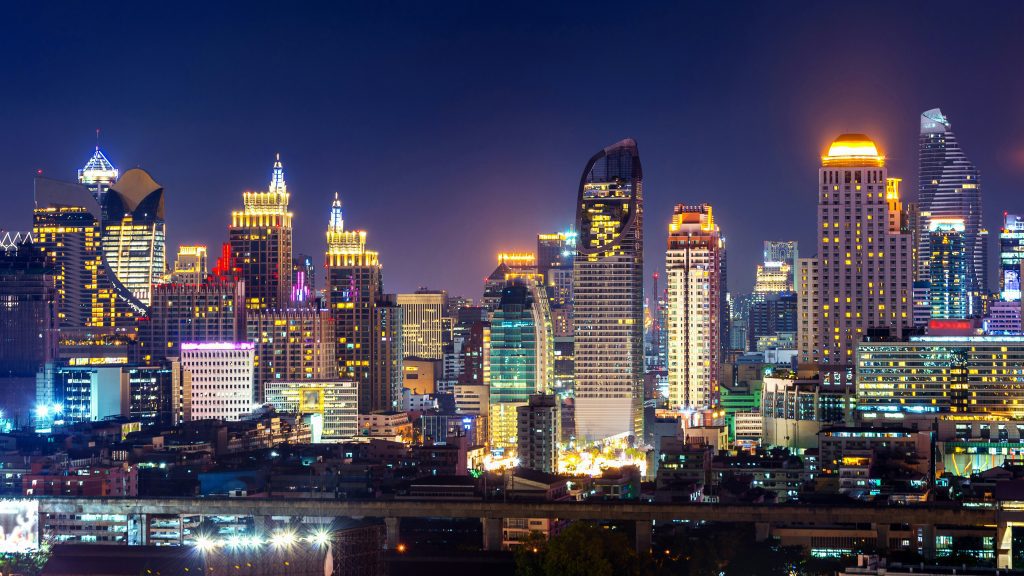Thailand, a country where the buzz of urban life meets the tranquility of natural landscapes, is a destination of diverse experiences. For many travelers, navigating the financial aspects of a trip here is a key concern. Talking about spending money in Thailand, how much does it cost to immerse oneself in rich culture, indulge in its world-famous cuisine, and explore its scenic beauty? This guide aims not just to outline costs but to help you understand and effectively plan your budget, ensuring that your journey through Thailand is as fulfilling as it is financially manageable.
Spending Money in Thailand Starts With The Accommodation
Thailand is a destination that caters to a wide range of budgets and preferences when it comes to accommodation. The country’s diverse offerings ensure that whether you’re a backpacker on a shoestring budget or a traveler seeking the pinnacle of luxury, there’s something for everyone. The truth is – spending money in Thailand starts with the accomodation. Well, you have to sleep somewhere, right?
Backpackers and Budget Travelers
Hostels and Guesthouses: These are the most common options for budget travelers. Thai hostels are known for their friendly atmosphere and often provide opportunities for social interaction, making them ideal for solo travelers or groups of friends. Prices typically range from 100-600 Thai Baht (THB) per night. Dormitory-style rooms are the most affordable, but many hostels also offer private rooms for a slightly higher price.
Basic Rooms: These rooms usually provide essential amenities such as a bed, a fan or air conditioning, and sometimes a private bathroom. They are often found in guesthouses or small, local hotels.
Facilities: Budget accommodations often include free Wi-Fi, communal areas, and sometimes a basic breakfast. They are great for travelers who are more interested in exploring and need a simple place to rest.
Mid-Range Travelers
Mid-Range Hotels: Offering a balance between comfort and cost, these hotels provide more amenities than budget options. Prices generally range from 900-3000 THB per night.
Facilities: Typically, these hotels will offer private, air-conditioned rooms, often with a TV, a minibar, and an en-suite bathroom. Additional facilities might include a swimming pool, a restaurant, or a fitness center.
Location: They are often located in more central areas, close to popular tourist sites or business centers, making them convenient for sightseeing or business trips.
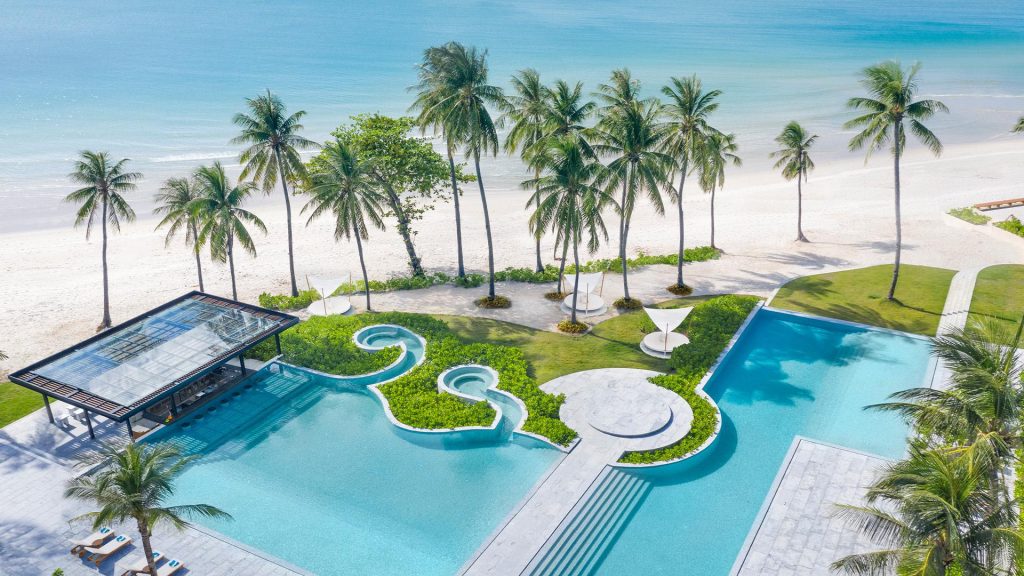
Luxury Travelers
- Lavish Resorts and Luxury Hotels: Starting at around 3000 THB per night, these accommodations are for those who seek high-end experiences. The sky’s the limit in terms of price, with some of the most exclusive resorts charging tens of thousands of baht per night.
- Facilities: These establishments often feature sumptuous rooms or villas, exceptional service, gourmet dining options, spa services, and often stunning locations, be it beachfront, city center, or nestled in nature.
- Experiences: Luxury accommodations in Thailand are not just about the stay; they often offer unique experiences like private tours, cultural activities, cooking classes, and more.
In all categories, prices can vary based on location, season, and the level of luxury or amenities provided. For example, accommodations in popular tourist destinations like Bangkok, Phuket, or Chiang Mai might be pricier than those in less frequented areas. Additionally, prices tend to increase during peak tourist seasons and around local festivals or holidays.
Getting Around: Travel in Style or on a Budget
Transportation in Thailand is indeed as varied as its vibrant culture and landscapes, offering options that cater to different preferences, comfort levels, and budgets. Although it’s not expensive, you will need to dedicate a good part of your spending money in Thailand for transportation. Even if you are spending most of your holiday on the beach on one of the beautiful islands in Thailand, eventually, you’ll probably want to go somewhere. To see something new, exciting and experience incredible Thailand.
Taxis
- Convenience and Cost: Taxis in Thailand, particularly in cities like Bangkok, are a convenient and relatively affordable way to get around. They are easily identifiable by their colorful exteriors.
- Airport Transfers: From Bangkok’s Suvarnabhumi Airport to the city center, fares usually range between 300-500 Thai Baht (THB). This cost includes airport surcharges and potential toll fees.
- City Travel: For shorter distances within city limits, like a 5 km ride, expect to pay around 50-100 THB. The cost can vary depending on traffic conditions, which can be quite heavy in cities like Bangkok.
- Metered and Negotiated Fares: While most taxis are metered, it’s not uncommon for drivers to offer a fixed price. It’s advisable to insist on using the meter to avoid overpaying.
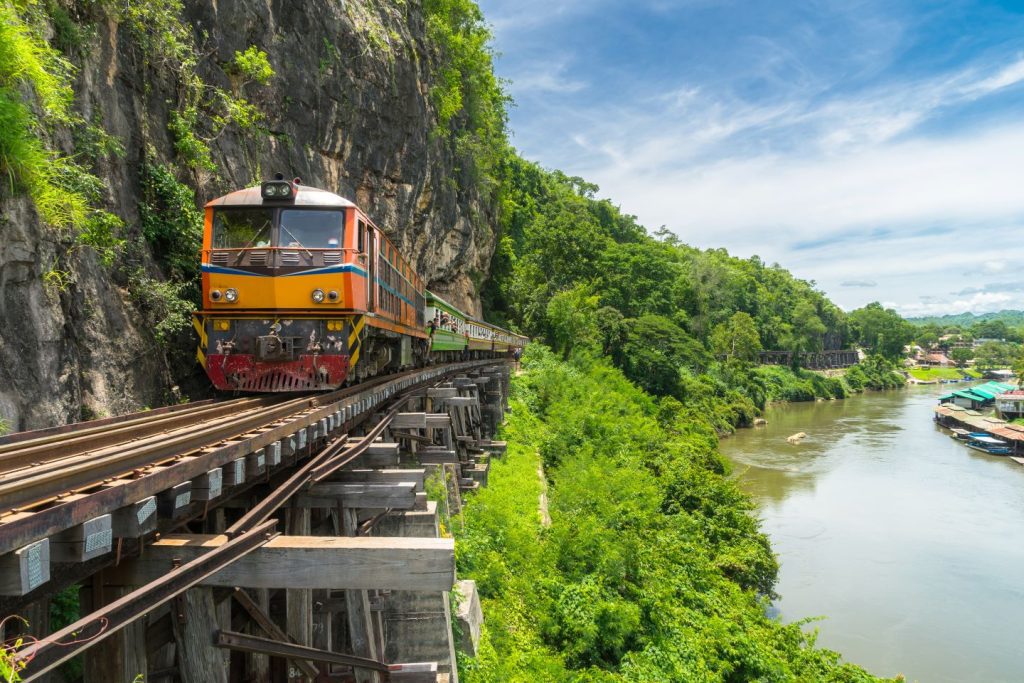
Trains
- Scenic and Comfortable: Train travel in Thailand offers a more scenic and leisurely way to explore the country. The rail network connects major cities and offers various classes of travel.
- First-Class Sleepers: For longer journeys, like the route to Chiang Mai or Surat Thani, a first-class sleeper train ticket costs around $40 USD. These tickets offer a comfortable berth for overnight travel and a unique experience of the Thai countryside.
- Classes of Service: Besides the first-class sleepers, there are second and third-class options, which are more economical but less comfortable.
Flights
- Quick and Varied Prices: Domestic flights in Thailand are a quick way to travel between cities. The cost for internal flights, such as to Phuket, Krabi, or Chiang Mai, usually ranges from $30-$50 USD.
- Flights to Koh Samui: This destination is typically more expensive due to the limited service at its privately-owned airport by Bangkok Airways. The cost can be significantly higher than other domestic routes.
Buses
- Economical for Long Distances: Buses in Thailand are the most budget-friendly option for intercity travel. They range from basic to VIP buses with various amenities.
- Comfort Levels: While less comfortable than trains or planes, buses provide an affordable way to travel long distances. Overnight buses are common for longer routes, offering reclining seats and sometimes air conditioning.
Each mode of transportation offers a unique way to experience Thailand, from the bustling streets of Bangkok in a colorful taxi to the serene landscapes viewed from a train window. It’s advisable to consider factors like travel time, comfort, and cost when choosing the best transportation option for your itinerary.
Food: A Feast for the Senses
Probably the most exciting part of spending money in Thailand. Thai cuisine is renowned for its rich flavors and affordability. Street food, like Pad Thai or grilled meats, often costs about 60-80 THB. For a more substantial meal like Massaman Curry or Tom Kha Gai in a modest restaurant, you might spend around 140 THB. Seafood dishes, especially in tourist areas, can be pricier. Upscale dining, offering both Thai and international cuisines, generally starts from 300 THB upwards, depending on the establishment’s prestige and location.
Fore more detailed guide through the street food prices in Thailand check Thailand Street Food Prices in 2024
For a gastronomic experience, consider trying regional specialties, each offering unique flavors and cooking styles, reflective of Thailand’s diverse culinary landscape.
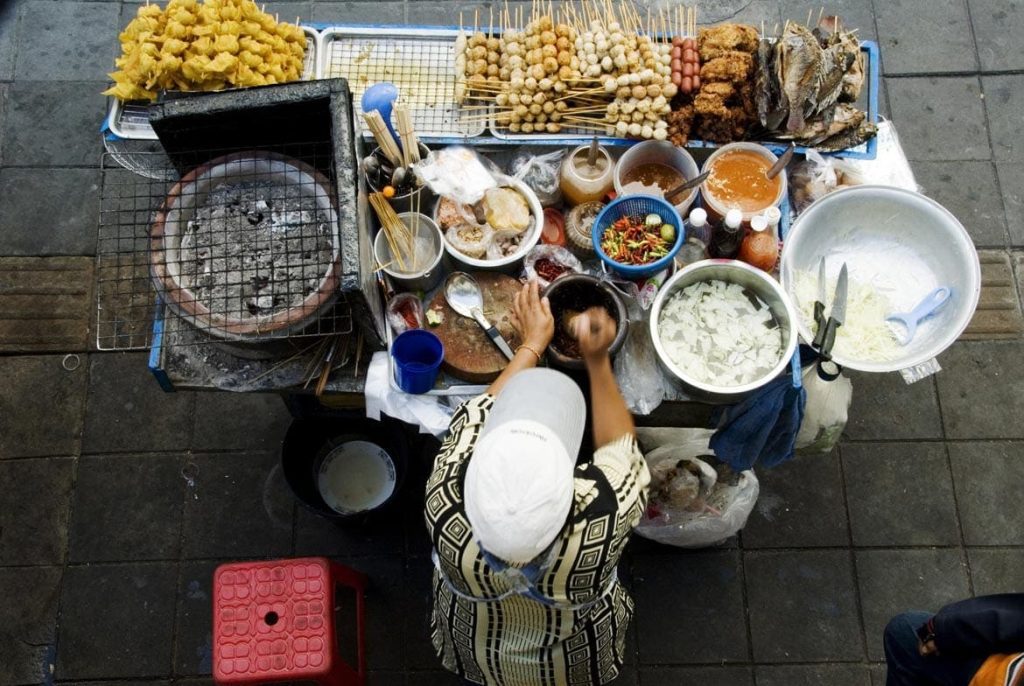
Here’s a table of food prices in Thailand, divided into three categories: Street Food, Local Restaurants, and Upscale Dining. Each category includes five popular meals along with their price ranges in Thai Baht (THB).
| Category | Popular Meals | Prices (THB) |
|---|---|---|
| Street Food | Pad Thai | 40-60 (cca $1.64 USD) |
| Som Tum (Papaya Salad) | 35-50 | |
| Grilled Meats | 50-70 | |
| Khao Pad (Fried Rice) | 40-60 | |
| Mango Sticky Rice | 50-80 | |
| Local Restaurants | Massaman Curry | 100-150 |
| Tom Kha Gai | 120-170 | |
| Green Curry | 100-150 | |
| Pad Krapow Moo (Pork Basil) | 90-130 | |
| Tom Yum Goong | 150-200 | |
| Upscale Dining | Lobster with Thai Herbs | 500-800 |
| Roasted Duck Curry | 400-600 | |
| Panang Curry with Wagyu Beef | 600-850 | |
| Grilled Tiger Prawns | 700-950 | |
| Thai Fusion Tasting Menu | 1200-1800 |
These prices reflect a range that varies depending on the specific location and quality of the establishment. In upscale dining, prices can also vary significantly based on the chef’s reputation and the dining experience offered.
Activities and Sightseeing: Discover Thailand’s Soul
The range of activities suits various budgets, enhancing the travel experience. From hanging out with elephants. serene temple visits to adventurous island hopping, options vary. Standard entrance fees for attractions like temples or historical sites are usually between 100-300 THB. For more immersive experiences, like a day tour to the Phi Phi Islands or a Thai cooking class in Chiang Mai, costs can range from 800 to 3000 THB. These prices reflect the diversity and depth of experiences Thailand offers, from cultural insights to natural explorations. This is the part that could take a significant part of your spending money in Thailand, but, also it’s also very adjustable in the same time. You can pick the activities and the sightseeing according to your budget and stick to your plan.
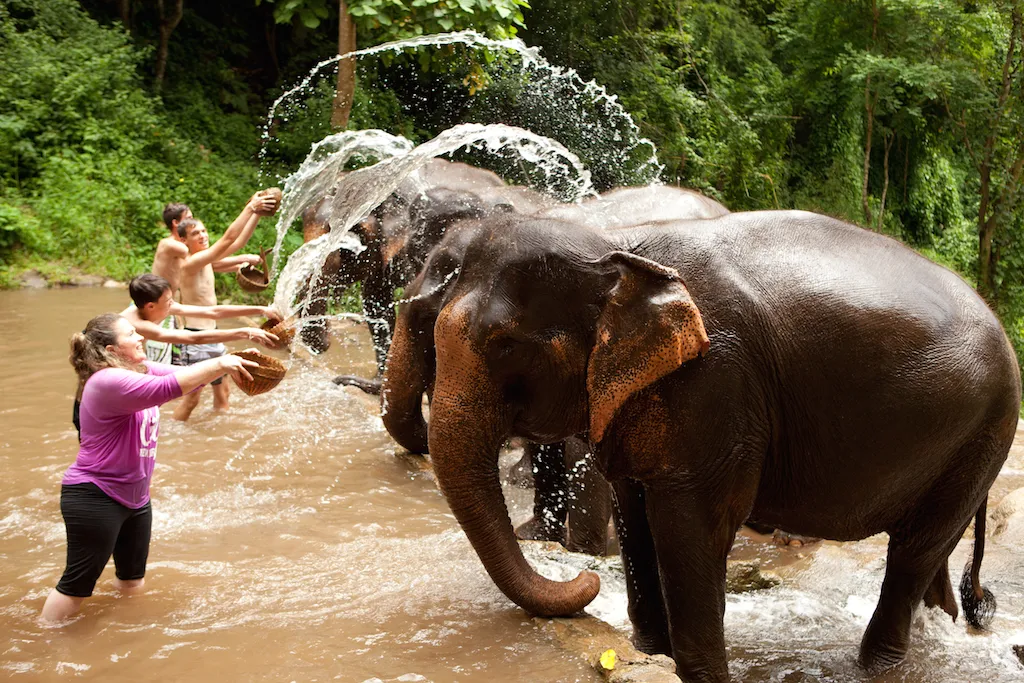
Here’s a table of various activities available around Thailand, including the type of activity, its location, and the price range in Thai Baht (THB):
| Activity | Place | Price (THB) |
|---|---|---|
| Temple Visit | Wat Pho, Bangkok | 100-300 (cca $2.7-$8.2 USD) |
| Elephant Sanctuary Visit | Chiang Mai | 2000-2500 |
| Island Hopping | Phi Phi Islands | 1500-3000 |
| Thai Cooking Class | Chiang Mai | 800-1200 |
| Scuba Diving | Koh Tao | 3000-5000 |
| Night Market Shopping | Chiang Mai Night Bazaar | Varies |
| Muay Thai Match | Lumpinee Boxing Stadium, Bangkok | 1000-2000 |
| Full Moon Party | Koh Phangan | 300-1000 |
| River Cruise | Chao Phraya River, Bangkok | 1500-2500 |
| Jungle Trekking | Khao Sok National Park | 1000-3000 |
| Cultural Show | Siam Niramit, Bangkok | 1200-1800 |
| Hot Air Balloon Ride | Chiang Mai | 8000-10000 |
These activities offer a diverse glimpse into Thailand’s rich cultural and natural heritage, ranging from serene temple visits to adventurous outdoor activities. Prices can vary based on the season, the duration of the activity, and the services included.
Daily Essentials: Miscellaneous but Important
In Thailand, daily essentials beyond accommodation and transport can subtly influence your spending money in Thailand. Bottled water is inexpensive, ranging from 10-30 THB, but daily consumption can add up. Investing in a local SIM card for internet access is also common, and while prices vary, budgeting for this is a wise choice for connectivity.
In addition to traditional SIM cards, eSIMs are now gaining popularity in Thailand and are much easier to obtain. They offer a convenient way to access mobile data services without the need for a physical SIM card, simplifying connectivity for travelers. Budgeting for internet access, whether through an eSIM or a traditional SIM card, is an important consideration, especially if you plan to use digital maps, translation apps, or stay connected during your trip. Keep in mind these modern options when planning your travel essentials.
When in Thailand, indulging in a fresh coconut is an experience not to be missed, and it’s so affordable and accessible that you might find yourself enjoying it on a daily basis. Sipping on the sweet, refreshing water from a freshly cut coconut under Thailand’s tropical sun is not just a treat; it’s a quintessential part of the Thai experience. These coconuts, often available for around 30-50 THB, offer a natural, hydrating refreshment that perfectly complements the country’s warm climate. Whether you’re relaxing on a sun-drenched beach, exploring bustling street markets, or just taking a break from your adventures, a fresh Thai coconut is a simple yet delightful pleasure that enhances your experience in this vibrant country. So, make sure to relish this tropical delight as often as you can during your stay!
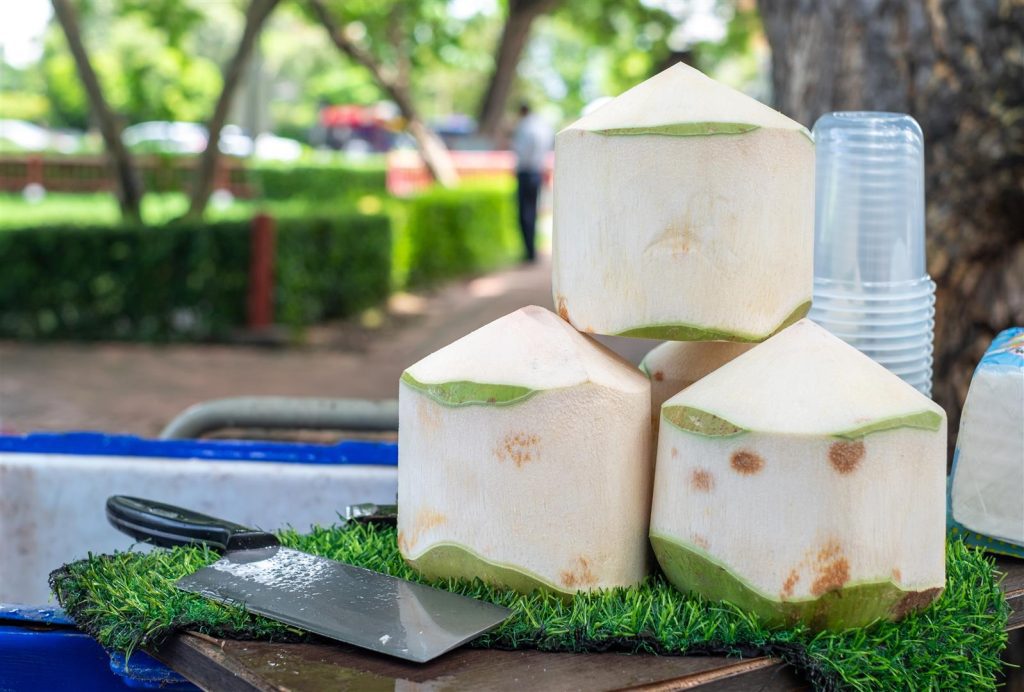
Souvenirs present a wide price range, from affordable trinkets at 50 THB to more expensive keepsakes around 1000 THB. Personal items, depending on need and preference, can also accumulate cost. Accounting for these expenses is crucial in a comprehensive travel budget.
| Item | Price Range (THB) |
|---|---|
| Water | 10-30 |
| Local SIM Card | 50-300 |
| Coffee | 40-100 |
| Beer | 50-150 |
| Cigarettes | 60-120 |
| Ice Cream | 30-100 |
| Public Transport | 20-60 |
| Laundry Service (per 1 kg) | 30-100 |
| Souvenirs | 50-1000 |
| Coke | 20-40 |
| Coconut | 30-50 |
| Watermelon Juice | 30-50 |
This list provides an overview of common expenses for daily items and activities in Thailand, offering a useful guide for budgeting and planning.
Budgeting: Your Financial Compass
Effective budgeting for a Thailand trip varies with your travel style and personal preferences. A budget traveler might dedicate around 800 THB daily for his spending money in Thailand, covering basic accommodations, street food, and local transport. For a more luxurious experience, costs can escalate to 4000 THB or more, encompassing upscale hotels, fine dining, and private tours. It’s crucial to align your budget with your travel aspirations, whether seeking adventure on a shoestring or indulging in high-end experiences. Understanding and planning for these expenses ensures a fulfilling trip tailored to your unique travel narrative.
Regional Variations: Cost Contrasts Across the Country
The cost of travel in Thailand varies notably between regions, particularly between popular tourist destinations and more understated locales. For instance, in Phuket and Koh Samui, renowned for their stunning beaches and vibrant nightlife, you’ll generally find higher prices for accommodations, ranging from luxury resorts to beachside villas. Similarly, dining experiences, especially in upscale restaurants or beachfront establishments, are costlier. In contrast, northern regions like Chiang Mai or less touristy areas offer a more authentic and budget-friendly experience. Here, accommodations such as guesthouses or boutique hotels, local eateries, and activities like visiting temples or local markets, are typically less expensive. This stark contrast in pricing is crucial to consider when planning a trip to Thailand, as it can significantly impact your overall budget.
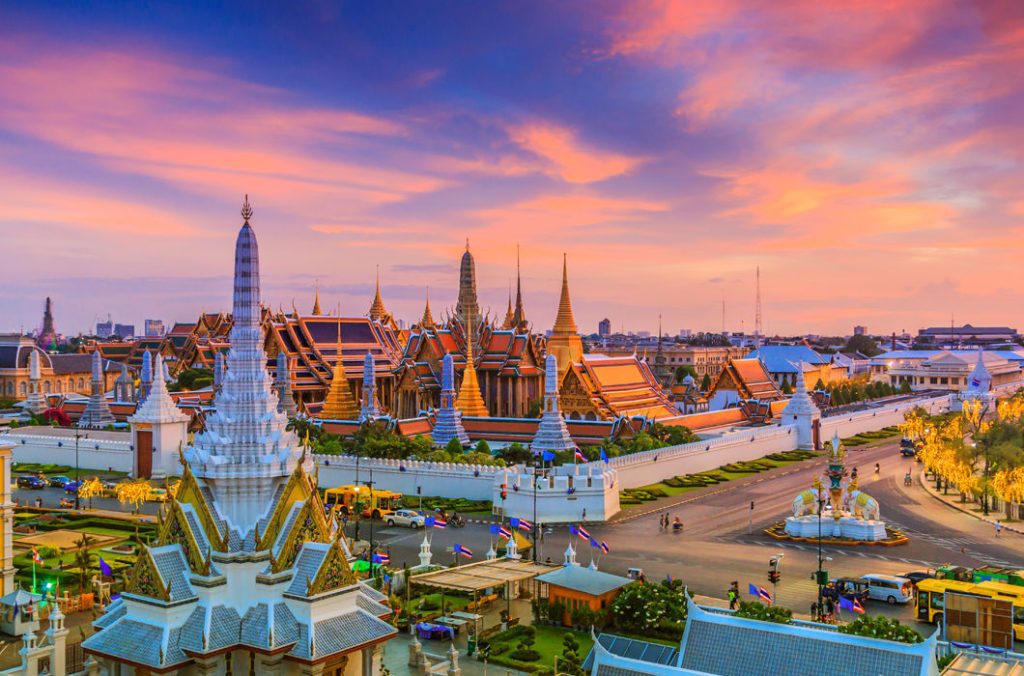
Cash or Card? Navigating Payments in Thailand
Navigating payments in Thailand involves balancing the use of cash and cards. While urban areas and hotels often accept credit cards, cash remains king for smaller purchases, especially in rural areas or at street markets. ATMs are widely accessible, but it’s important to be mindful of withdrawal fees, which can add up. Additionally, some ATMs may have limitations on withdrawal amounts. To avoid losing your card, always remember the ‘cash first, then card’ rule at ATMs. It’s advisable to have a mix of payment methods to ensure convenience and readiness for any situation.
Spending Money in Thailand
| Category | Budget (THB) | Mid-Range (THB) | Luxury (THB) |
|---|---|---|---|
| Accommodation | 300 – 600 | 900 – 3000 | 3000+ |
| Meals (per day) | 200 – 300 | 400 – 600 | 600+ |
| Transportation | 50 – 200 | 200 – 500 | 500+ |
| Activities | 100 – 500 | 500 – 1500 | 1500+ |
| Miscellaneous | 50 – 100 | 100 – 300 | 300+ |
| Total per day | 700 – 1700 | 2100 – 5900 | 5900+ |
Conclusion
Traveling in Thailand offers flexibility to match any budget. From the affordable street food and hostels to the splendors of luxury resorts and fine dining, there’s something for everyone. Effective budgeting and a mix of cash and card payments can ensure a smooth and enjoyable experience in this beautiful country. Remember, part of the adventure is in exploring and adapting to the local way of life, including its economic landscape. Happy travels!

